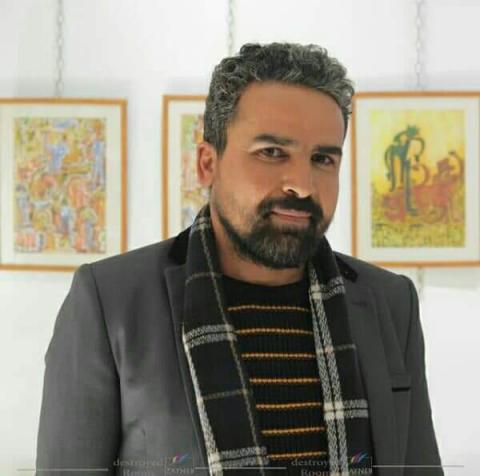Interview with Longlisted Author Sufyan Rajab
09/02/2024

When did you begin writing Reader of the Tanners’ Alley and where did the inspiration for it come from?
I began writing the novel in Spring 2020. As for the second part of the question, “where did the inspiration come from”, I think the question needs to be interrogated before becoming stuck trying to answer it. Inspiration is a romantic concept, which traces the origin of writing to greater metaphysical powers, whether they be the poetic muses of the Greeks or the demons of Wadi ‘Abqar [the Valley of Genius] of the Arabs. I think that writing is an adventure with language which attempts to rescue from nothingness and forgetfulness another adventure: that of human beings and their existence. What are human beings but a mass of impressions that grow and multiply with the multiplicity of their experiences in life, their readings and visions. When we write, we transfer one of those impressions from the body and memory to the whiteness of paper and breathe into it our imagination, emotions and visions, so that we can say we have lived on the earth and don’t pass through the world without leaving a trace. Isn’t art what preserves human experience and perpetuates fleeting moments? Here I am reminded of the saying of the Iraqi poet Saadi Youssef: “If you are a poet thanks to God or Satan, then I am a poet thanks to effort and technique”. Here I can don another mask to be a ghost writer and answer your question. Ibrahim, the novel’s central character, studied with me at the village school and his ‘abnormal’ life, according to established [societal] views, became an impression tattooed in my memory. This impression deepened within a culture which sacrifices things that are different on the altar of common norms, so that “that which is deviant remains so and one must not be guided by it”. Perhaps the story of Ibrahim was embedded in my mind for years, pressing me to write it, and during those years I was wrestling with my fears, until the idea came of an association of ghost writers, to explore the effects of fear, terror and anxiety inside all of us. Does that mean that writing is a painful thing? In my opinion, it is just a game, but it’s the game of the clown on a wire stretched out over an abyss. In Reader of the Tanners’ Alley, I tried to play, to reduce the effects of censorship and make way for other effects which require the clay of writing and the water of the imagination.
Did the novel take long to write and where were you when you finished it?
I began writing the novel in Spring 2020 and rewrote it five times before sending it off for publication. Then I rewrote it for the sixth time, as I worked with editors. When I return now to the first draft, I can see that it’s completely different from the final version of the novel. But I’m generally pleased with the novel. I’ve treated it with some rigour and erased from it all the superfluous things which would have made it flabby. I am confident that I have conveyed my message in a coherent novel which grabs the reader. This was my aim as I wrote it.
And I wrote the novel in my peaceful café in the countryside, the café where I wrote most of my stories and novels, here in the village, far from the hustle and bustle.
Do you have writing rituals?
Apart from some secret rituals which I keep to myself, I like walking for many long hours in the wood when I am possessed by an idea for a story. I talk to myself a lot. I speak to the characters of my novel and I cook my novels in the kitchen of my mind before I write them. The first writing occurs in the mind, as I strive to tame ideas and characters. The stage of writing on paper or on the computer is usually quick. After that, I work on revising the text, deleting superfluous parts and filling gaps which appear.
What is your next literary project after this novel?
I am working on a new novel which tells the story of a young Ukrainian girl who flees the war in her country and seeks refuge with her Tunisian friend. During the few months which she spends with him, they open up the notebooks of their lives and a narrative is woven together from their two stories, covering a century in time.
